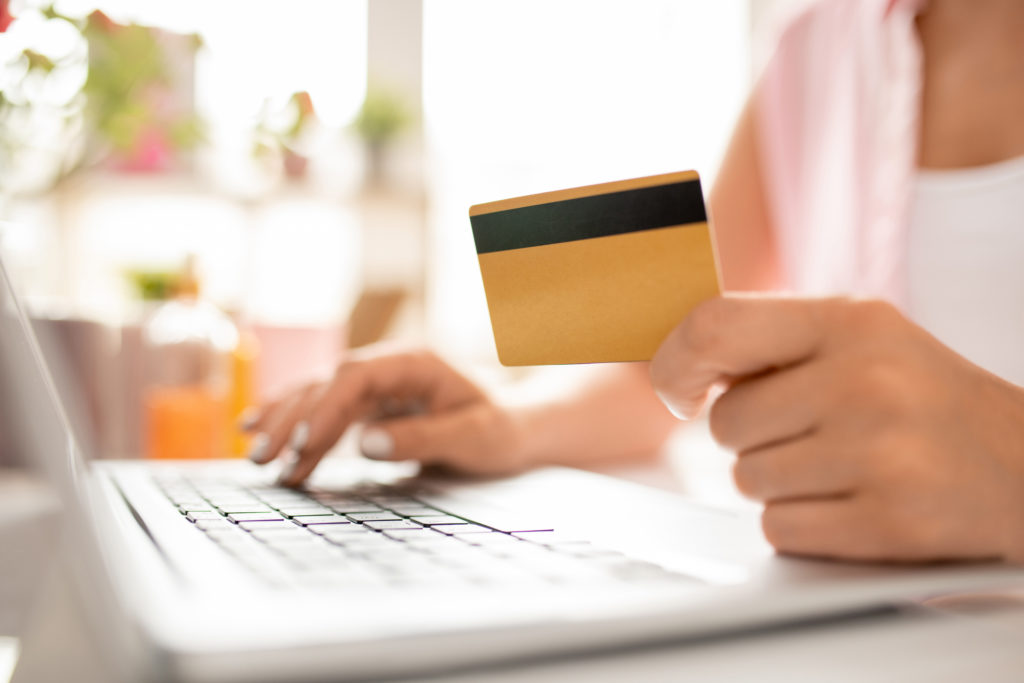As big food brands shift towards ecommerce and direct-to-consumer (DTC) sales, there has been a notable uptick in their efforts to gain access to first-party consumer data. Whether it’s through personalized offerings or limited-edition products, many big food brands are employing marketing tactics to gain valuable data from consumers.
First and foremost, the tactics are used to sell product — and clearly, they are working. According to Statista, revenue from the ecommerce food and beverage industry in the US stood at $18.7 billion in 2020, with that figure estimated to rise to $25.7 billion by 2025. However, marketing initiatives are also being used to acquire consumer data.
Whether consumers know it or not, companies collect and own their data via a wide array of channels, including web or mobile app activity, loyalty status, purchase history and so on. Once collected, companies can use this data to create targeted ads, content or experiences based on a consumer’s specific interests. First-party data is not only regarded as the most valuable, but it is also available to companies at no cost, making it the most cost-effective method of data mining.
Related: How Consumer Sentiment About the Fast Food Industry Has Been Affected by the Pandemic
In the past, food and beverage brands have had difficulty collecting first-party data because they have had fewer opportunities to do so. Now, with the COVID-19 pandemic boosting online and DTC sales, they have been granted countless chances to gain access to valuable data. In fact, 88 percent of marketers said they would be prioritizing first-party data in 2021.
Mondelez has been an early adapter of data collection marketing tactics. About a year ago, the company launched “OreoID,” an online service allowing consumers to order customized versions of the sandwich cookies. Notably, it was Mondelez’s first product line that required customers to submit first-party data in order to purchase, but it wouldn’t be its last.
Sour Patch Kids, another Mondelez brand, launched a similar program called “Make My Mix,” which allows consumers to create custom packs of their preferred assortment of gummies. The food giant also understands the power of celebrity to sell product, with Sour Patch Kids partnering with popular Twitch streamer TimTheTatman last summer on a co-branded mix available exclusively online.
Beverage brands are also capitalizing on first-party data. In 2019, PepsiCo launched “PepCoin,” a digital rewards program camouflaged in cryptocurrency branding. QR codes on Pepsi drinks and single-serve Frito Lay products could be scanned that offered consumers 10 percent discounts if they set up an online account and link it to a Venmo or PayPal account. More recently, the PepsiCo-backed Tropicana released an orange juice-flavored toothpaste to fans who follow the brand’s account and submit their contact information to join a raffle.
Snack and beverage brands aren’t the only ones getting in on first-party data. Fast food restaurants have been launching limited-edition meal and merchandise partnerships as a means of obtaining consumer data. McDonald’s is a prime example, having launched co-marketing deals with rapper Travis Scott and K-Pop band BTS in which consumers needed to use McDonalds’ app to secure special offerings. Burger King and Popeyes have employed similar tactics.
As consumers become more and more aware of companies using their data, food and beverage brands must be creative when it comes to data collection. Having a good privacy policy, offering deals or compensation and including interactivity in marketing strategies are a few ways to motivate an audience to share their personal data. Since many of these data collection tactics are relatively new to the food and beverage industry, time will tell whether brands will be able to leverage that data into something even more valuable.












Join or login to leave a comment
JOIN LOGIN